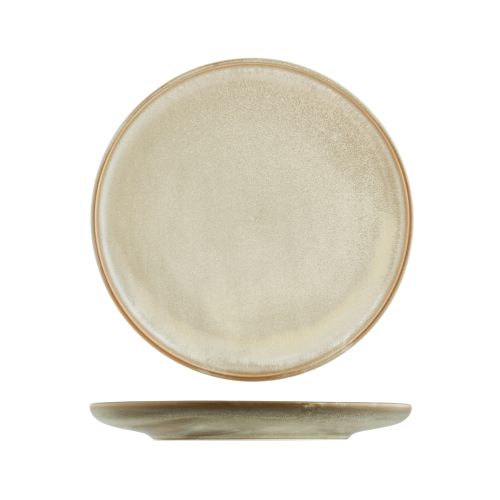In an increasingly competitive dining space, restaurants across Australia and New Zealand are looking for new ways to stand out – and according to Bunzl’s Catering Sales Manager Guy Churcher, “finding a more unique point of difference for your venue is a simple way to establish yourself and attract diners in an increasingly crowded space.”
Over the past few years, consumers have become more aware of the environmental impact of the choices they make in their day-today lives – so it was only time for them to turn their attention to their dining out experience.
One of the best things about living in Australia and New Zealand is the availability of world-class produce. Blessed by disease-free livestock, clean oceans and abundant space, the two countries are celebrated for quality ingredients, which in turn, creates quality food on the plate. That unique accessibility means both countries have seen a recent rise in ‘paddock-to-plate’ dining.
The term ‘paddock to plate’ refers to conscientious consumption of foods, where the journey from farm to table is monitored and traced to ensure responsible and ethical sourcing. In New Zealand’s Southland, paddock to plate has become a philosophy of many local restaurants, attracting visitors from throughout the country and becoming a key point of difference for the area.
Calvin Katz, head chef at Ripples Chowder Bay in NSW, says he works hard with his suppliers to ensure that the journey from paddock (or ocean) to plate is documented and respectful. “There are a few things to look for when you buy your meat,” he adds. “When you’re talking about beef cattle, there’s lots of different breeds. I particularly like grass-fed and [the] natural way of raising the cattle. I think it does transfer to flavour.”
Katz adds that contemporary cooking has also seen a trend towards the simple, with more dishes that allow the ingredients to be the hero. Including more information about the produce – like where it’s sourced from and its origins – is an easy way to elevate the guest experience, but another overlooked area where restaurants can set themselves apart is with their plating.
Using different crockery can be a simple solution to setting yourself apart. “Consider a table setting of four to six people where every guest orders a different menu item – presenting each dish on unique crockery is a simple way to make the individual dining experience more interesting, as well as highlight the beauty and freshness of the ingredients,” Churcher explains.
Beyond being just a marketing tool, ventures like paddock-to-plate dining have become a centre of agritourism, working to promote both local food outlets and farmers – and create distinct and memorable dining experiences for customers. It’s all about celebrating good produce, cooking it with intention and presenting it uniquely.












